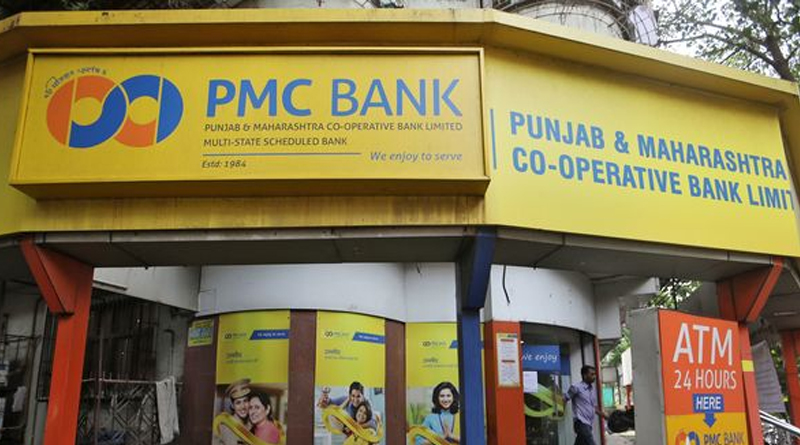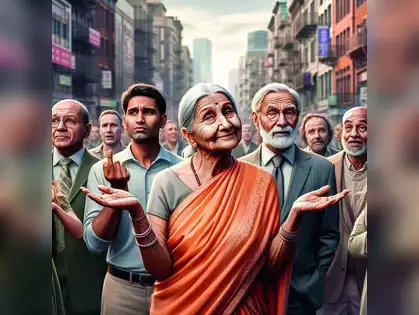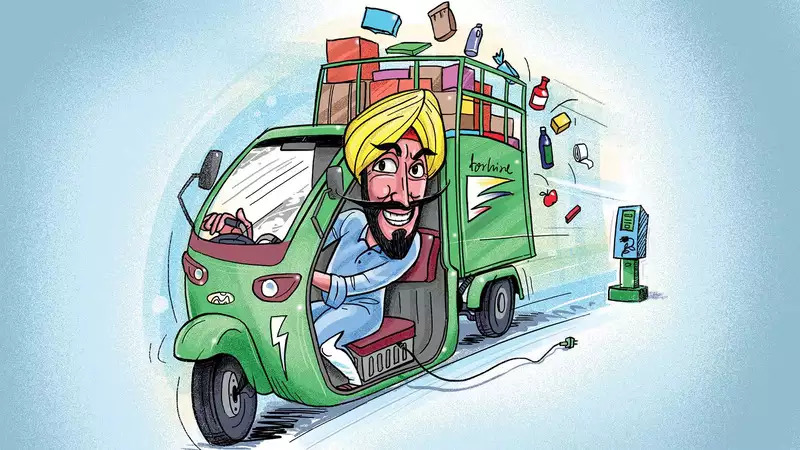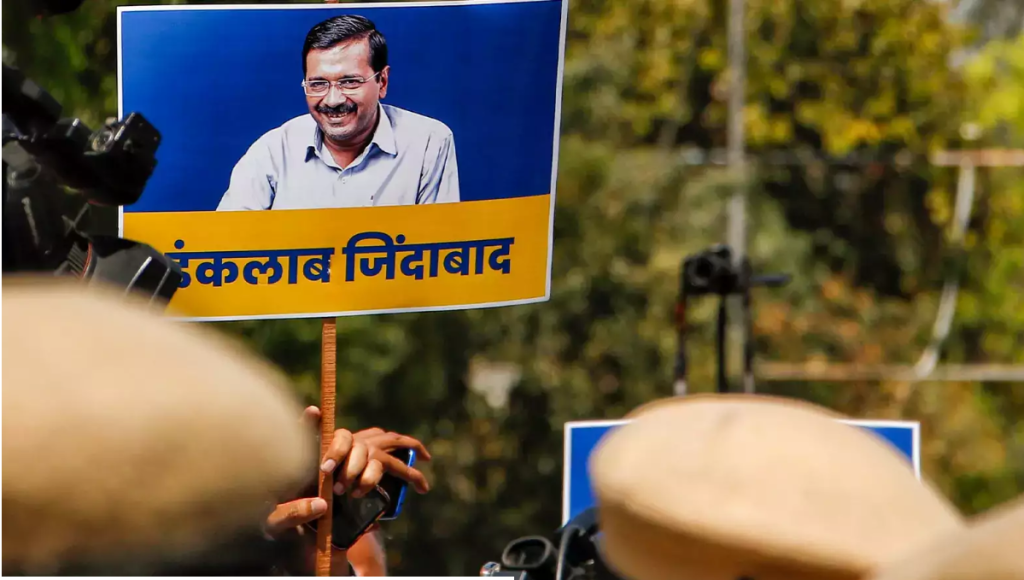When private sector banks were allowed to open in the 1990s, some economists thought big industrialists were the obvious candidates. But businesses are potential borrowers, and so should not control lending institutions: that creates an obvious conflict of interest. I was among those urging that no business house should be allowed to own a bank to prevent businessmen from milking depositors’ money for private ends. We were vindicated yet again last week by the collapse of Punjab and Maharashtra Cooperative Bank.
This bank violated all lending norms to channel no less than 70% of its entire loans (Rs 6,500 crore) to just one client — Housing Development and infrastructure Ltd (HDIL), owned by the Wadhawan family. When HDIL went bust, so (after attempts to hide the damage) did the bank.
PMC Bank was, in effect, captured by the Wadhawans and milked dry. We saw another such example in 2000-01 when stockbroker Ketan Parekh captured the Madhavpura Mercantile Cooperative Bank. He milked it to fund a buying spree that created a huge stock market boom, but then took the bank down with himself when the market crashed. Clearly, even legal bans on businesspersons running banks can be circumvented in India, given corrupt corporate governance.
The problem is especially difficult in urban cooperative banks, which are small enough to escape the scrutiny accorded to large banks by the RBI and public. But even the biggest public sector banks have terrible lending records and huge bad debts. Jeweller Nirav Modi was able to get gargantuan loans from Punjab National Bank with no security at all.
The RBI has been blamed for allowing a culture of dubious loans, but these were sometimes forced on government banks by political pressures, some populist and some plain crooked. The consequent mass defaults were cloaked for years by “evergreening” the loans, until the mess could no longer be covered up.
The RBI must share the blame for the mess. But, starting with Governor Raghuram Rajan, it did get down to unearthing the extent of the mess and cleaning it up. Rajan said plainly that there are limits to RBI oversight of banks, and good lending practices cannot be ensured by just having an RBI director on the boards of banks. The current RBI crackdown on bad loans will improve matters, but the fundamental banking culture remains deeply flawed.
Large private sector banks are in better shape, but still scandal prone. Recently we witnessed a debacle at Yes Bank, whose share price has fallen almost 90%. Earlier the RBI had to ask the former head of Axis Bank to go because of her shoddy record. Chanda Kochhar, head of ICICI Bank, had to resign after revelations of giving dubious loans to the Videocon group, which had business links with her husband.
The entire banking industry is plagued with poor lending standards and dubious governance. This is partly because of a professional incapacity to judge the viability of projects, and partly because of a political economy climate that allows, even encourages, loans to favoured parties.
PMC bank’s former chairman Waryam Singh held 1.9% of HDIL’s floating stock until recently. He was a non-executive director of HDIL in 2015-17, a time when the bank sanctioned large loans to the company. No less than 21,049 dummy accounts were created to cloak the fast-accumulating payment defaults of HDIL. This was brazen crookery.
But it was hardly unique. Indian promoters have long diverted cash from listed companies for private gain, at the cost of minority shareholders and lenders. Such practices will continue until several top corporate crooks are jailed, along with their political backers. That date looks rather distant.
Countries like Japan and Germany have become star economies despite close interholdings between businesses and banks. But that requires a far superior culture of governance. Some may think that India’s biggest business houses have the might to manage the risks inherent in banking. Alas, the recent collapse of one big name after another shows otherwise.
Forbes listed Anil Ambani as the world’s sixth richest person in 2008. However, his companies have gone downhill for years and many are sliding into distress and possible default. The rot started with Reliance Communications and spread to Reliance Infrastructure, Reliance Power, Reliance’s defence companies, and finally to Reliance Capital, once a financial star.
Many other one-time business stars — Essar, Zee, Jaypee, Ranbaxy, Jet Airways, Videocon — have crashed. Back in the 1990s, it may have seemed logical to allow these big stars to open banks. That would have been a disaster. We must eternally thank those that insisted on keeping banks independent of business houses. Let that rule never change.





